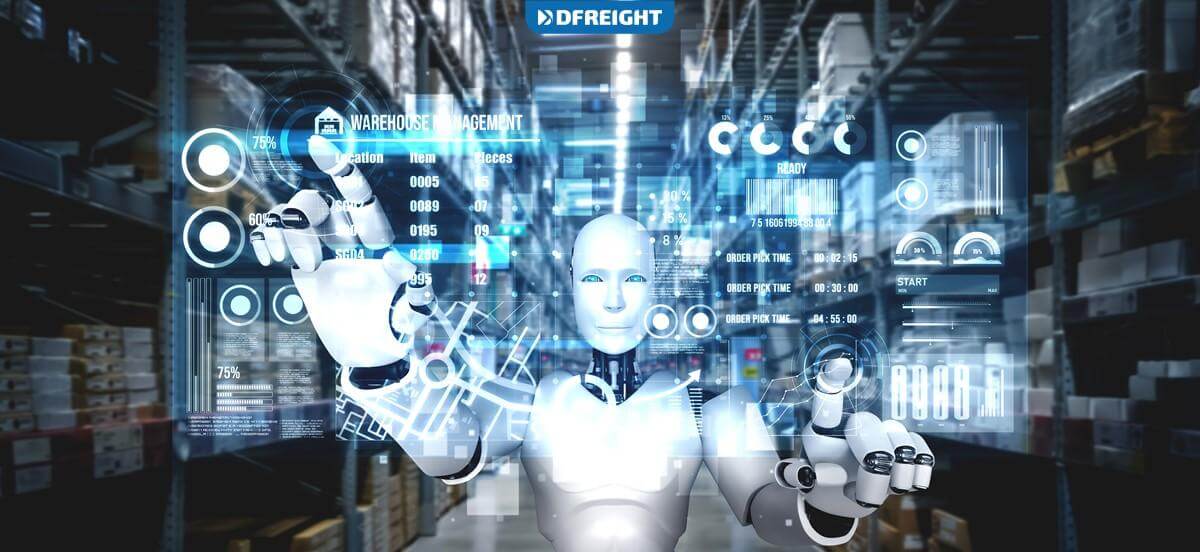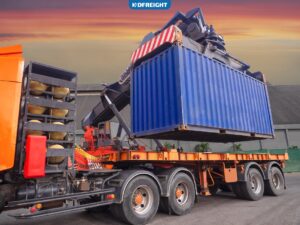Have you ever wondered how dramatically Artificial Intelligence is transforming the shipping and logistics industries? By automating processes and analyzing data in real-time, AI can help logistics companies improve efficiency and optimize operations. For instance, AI can be used to track and predict demand, plan routes, and optimize warehouse operations. By using AI for analytics, logistics companies can gain a competitive edge and improve their bottom line. If you’re curious about how AI is being used in the logistics industry to improve efficiency and accuracy, read on.
Table of Contents
Logistics Planning
Artificial intelligence has long been used in logistics planning to help move goods more efficiently. In recent years, AI has become even more important in the logistics industry as the amount of data available has increased exponentially. AI can help sift through this data to find patterns and trends that can help optimize the movement of goods. Additionally, AI can help predict demand and forecast inventory needs, which can help avoid stock-outs and minimize waste.
Demand Anticipation
The main advantage of using AI in logistics planning is that it can take into account a variety of factors that might affect demand, such as weather, news events, and social media trends. AI can also learn from past data to improve its accuracy over time.
One company that is using AI for demand forecasting is UPS. It has been using AI to predict demand for holiday shipments for several years. The company has found that AI is particularly good at forecasting last-minute demand spikes. This is important because UPS can then take steps to ensure that it has enough capacity to meet the spike in demand, which can avoid delays and disruptions.
In the future, AI is likely to become even more important for demand forecasting. As data becomes more readily available, AI will be able to take into account more factors and become more accurate. Additionally, as AI gets better at forecasting, companies will be able to use it to make more strategic decisions about their logistics, such as where to build new warehouses or which shipping routes to use.
Supply Planning
The use of AI for Supply planning in logistics is inevitable. The question is how to use AI for the benefit of the company. The goal is to have a lean and efficient operation while using as few resources as possible.
In order to use AI for supply chain visibility and management, the company will need to purchase hardware and software that can be used to capture and store data. This data can be used to create models that can be used to predict future demand.
The company will also need to have a plan for how to use this data and how to update the models accordingly. The use of artificial intelligence for supply planning can help the company save money and to be more efficient. The company will need to invest in the hardware and software, but the benefits will be worth the investment.
Automated Warehousing
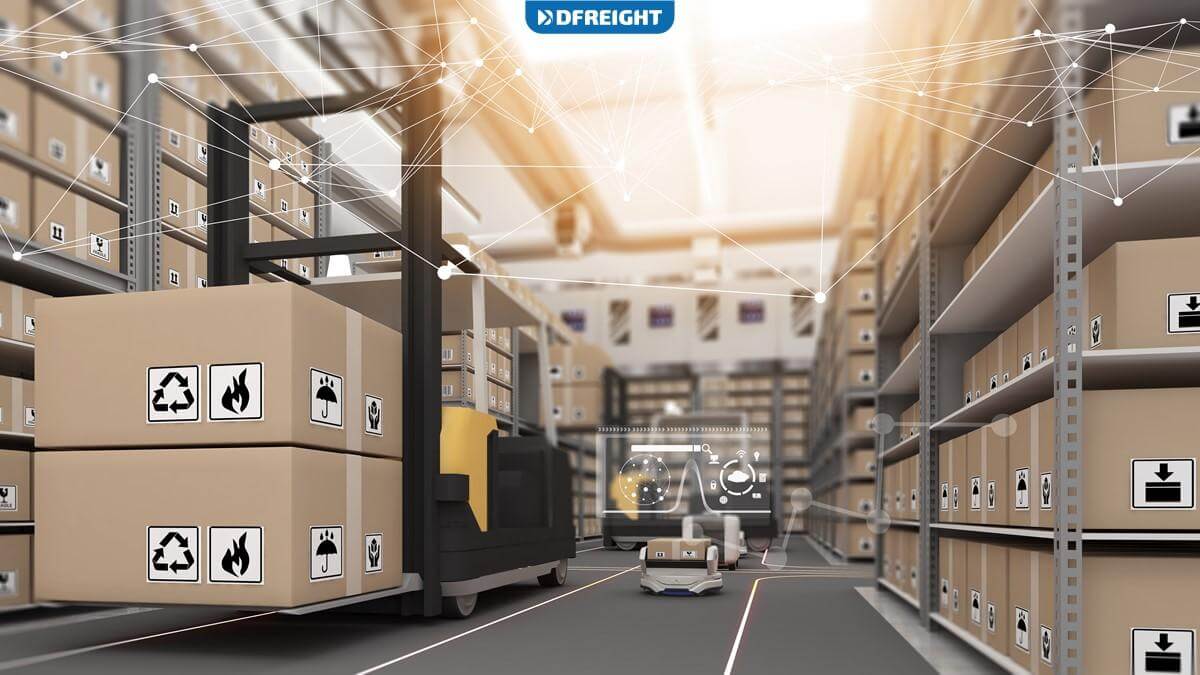
Using AI for automated warehousing can help improve warehouse efficiency and accuracy. For instance, if a warehouse uses robots to move inventory around, an AI system can be used to track the robots and make sure they are moving the right items to the right locations. Additionally, AI can be used to track items as they are being picked and packed, and to identify errors. This can help to improve accuracy and reduce the amount of time needed to complete orders. Additionally, AI can be used to monitor warehouse conditions and to identify areas that need improvement.
Visual Inspection & Damage Detection
The use of artificial intelligence (AI) for visual inspection and damage detection in automated warehousing is becoming increasingly common. This is due to the many benefits that AI can offer in terms of speed, accuracy, and efficiency.
For example, AI-based visual inspection can be used to quickly and accurately identify damaged goods on a conveyor belt. This can save a considerable amount of time and money, as well as prevent potential safety hazards. In addition, AI can be used to detect defects in products before they reach the customer. This can help to improve customer satisfaction and reduce returns.
Overall, the use of AI for visual inspection and damage detection can offer many benefits for automated warehousing. It can help to improve accuracy, efficiency, and safety, while also reducing costs.
Prognostic Maintenance
Automated warehouses are equipped with an array of machines and sensors that work together to move and store inventory. This equipment is expensive and delicate, so maintaining it is essential to keeping the warehouse running smoothly. Prognostic maintenance (also known as condition-based or predictive maintenance) is a type of AI that can be used to help with this. By analyzing data from sensors and machines, prognostic maintenance can identify potential problems and recommend solutions before they cause any downtime. This can help to save money on repairs and downtime, and keep the warehouse running more efficiently.
Autonomous Vehicles

AI is being used more and more in autonomous vehicles. One of the benefits of using AI is that it can help make the car smarter and more efficient. For example, if the car is equipped with sensors, AI can be used to help process the data from the sensors and make decisions about what to do next. This can help the car avoid obstacles, find the best route, and even parallel park.
Furthermore, artificial intelligence can help improve the efficiency of the car by learning the driver’s habits and preferences. For example, if the driver always wants to go to the same destination, the AI can learn this and plan the route accordingly. Additionally, if the driver has a preferred route, the AI can learn this and suggest it to the driver.
Self-Driving Trucks
The use of self-driving or autonomous trucks is on the rise in the shipping industry as companies seek to cut costs and improve efficiency. Self-driving vehicles can operate around the clock, without the need for breaks, and can be programmed to take the most efficient route possible. This technology is still in its early stages, but it has the potential to revolutionize the shipping industry by making it faster, cheaper, and more reliable.
Delivery Drones
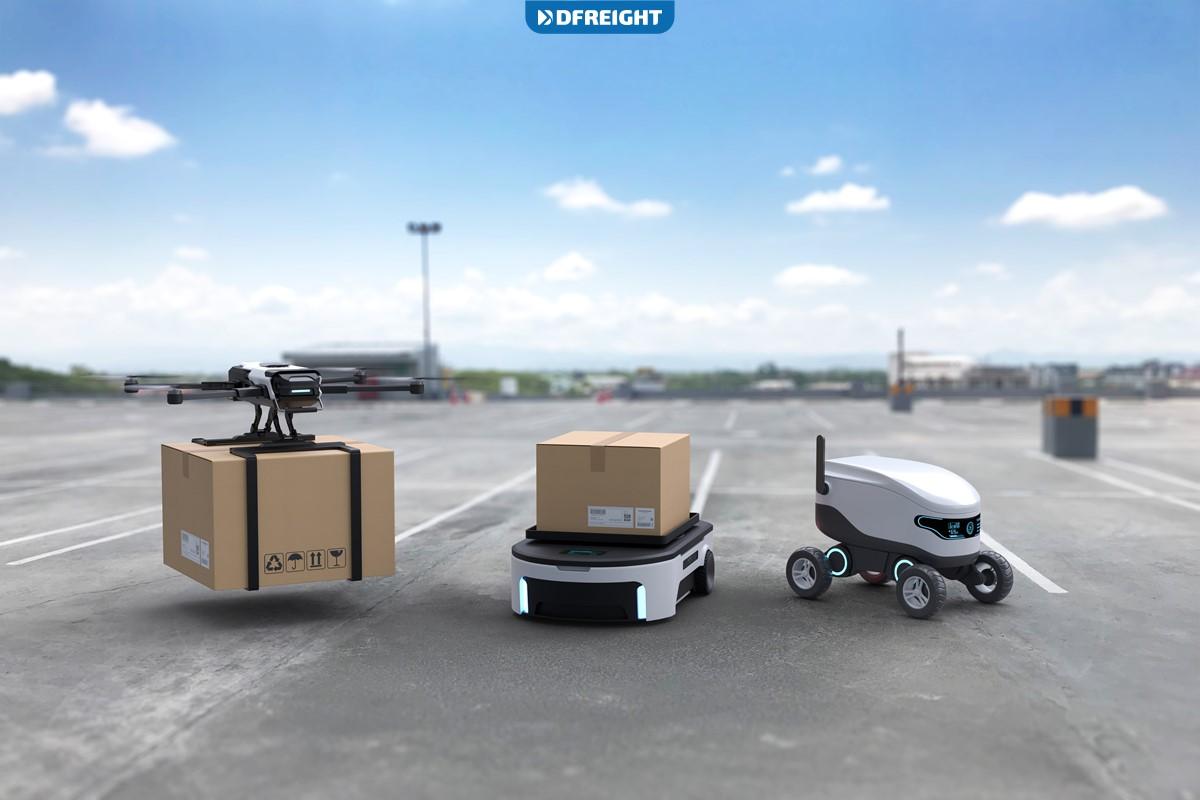
AI is increasingly being used in delivery drones to streamline and automate the shipping process. By using AI, delivery drones can more accurately and efficiently navigate to their destination, avoid obstacles, and select the most efficient route. They are also able to communicate with each other to avoid collisions. This can lead to faster and more reliable shipping times, as well as reduced shipping costs. In addition, AI can be used to track and manage the cargo being shipped, ensuring that it arrives safely and on time.
The world e-commerce giant, Amazon, has been using AI-powered delivery drones for shipping cargo since December 2016. So far, it has been a success with Amazon reporting that it has been able to make deliveries in under 30 minutes. The use of AI-powered delivery drones has also helped Amazon to cut down on shipping costs and time as well as improve the accuracy of its deliveries.
Sales and Marketing
The logistics industry is rapidly evolving and becoming more complex every day. In order to keep up with the competition, many logistics companies are turning to artificial intelligence (AI) for sales and marketing. AI can help logistics companies automate and improve many sales and marketing tasks, from lead generation and customer segmentation to pricing and product recommendations.
In addition, AI can provide valuable insights into customer behavior, preferences, and trends. Logistics companies that adopt AI will be able to better understand their customers and offer them more personalized and relevant services. AI-powered sales and marketing will also help logistics companies improve their operational efficiency and bottom line, and enhance their customer experience and satisfaction.
Data-Driven Analytics
In the shipping and logistics industry, data-driven analytics is used to track and manage the flow of goods throughout the supply chain. By understanding where goods are located at any given time, shippers can optimize the route and schedule of shipments to ensure that goods arrive at their destination on time and in the most efficient manner possible. By using AI-powered data-driven analytics, shippers can also identify potential problems within the supply chain and take steps to mitigate them before they cause delays or disruptions.
For example, if data shows that a particular shipment is consistently arriving late to its destination, the shipper can investigate the cause of the delays and take steps to correct the issue.
Route Planning and Optimization
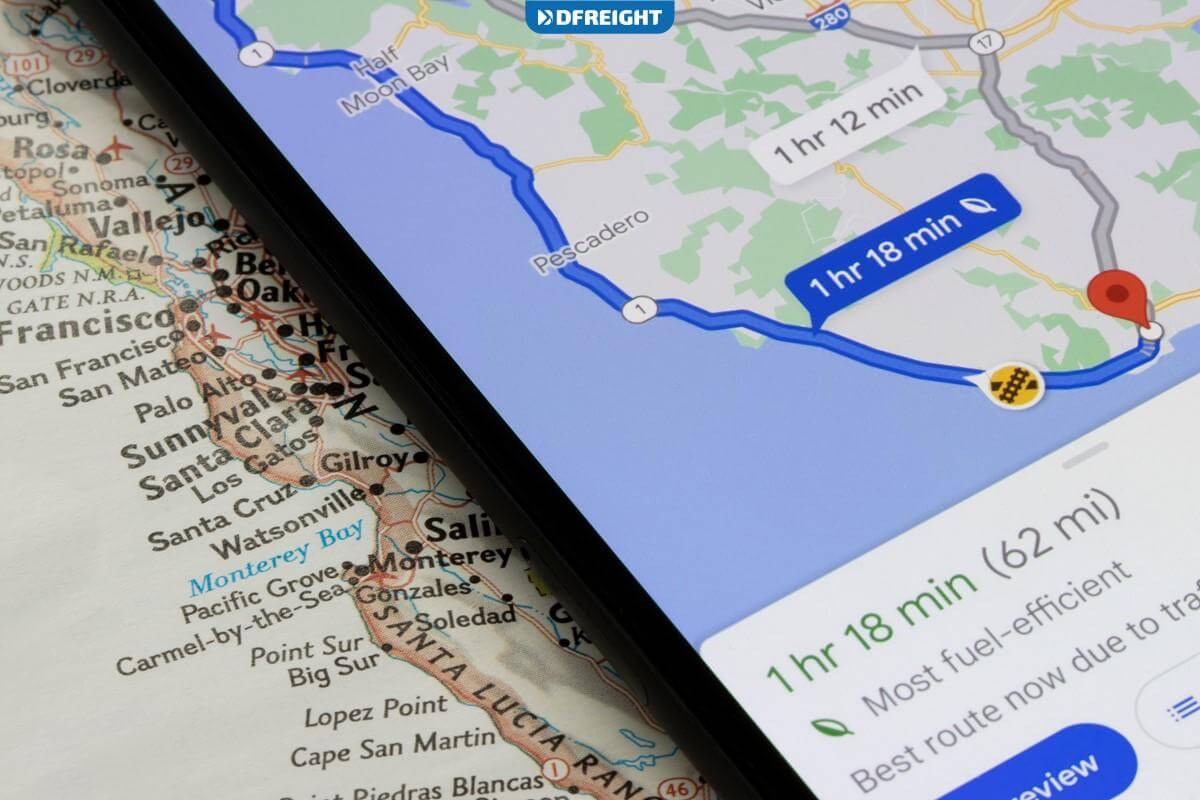
AI can take into account a large number of variables when planning routes, such as traffic, weather, and construction. It can also constantly re-evaluate routes as conditions change. This is in contrast to traditional route planning methods, which are often static and do not consider real-time conditions. AI-based route optimization can help logistics companies save time and money. It can also improve customer service by reducing delivery times.
In some cases, AI-based route optimization has been shown to reduce fuel consumption by up to 20%. There are a number of different AI-based route optimization software programs on the market, including Routific, Shipwell, Flexe, and Opti-Time.
Dynamic Pricing
In the logistics industry, Dynamic pricing is a common pricing strategy that takes into account the constantly changing cost of shipping goods. This makes it difficult for logistics companies to keep their prices fair and consistent. However, by using artificial intelligence (AI), logistics companies can more accurately predict the cost of shipping goods and dynamically adjust their prices in real-time. This allows them to be more competitive and provides a better experience for their customers.
Dynamic pricing is a complex process that requires a lot of data to be processed in real-time. AI can quickly analyze large data sets and make predictions about future costs. This information can then be used to dynamically adjust prices. This is a win-win for both the company and the customer.
Conclusion
Artificial intelligence (AI) has the potential to transform the logistics industry. By automating processes and analyzing data, AI can help logistics companies improve efficiency and optimize operations. For example, AI can be used to track and predict demand, plan routes, and optimize warehouse operations. By using AI for analytics, logistics companies can gain a competitive edge and improve their bottom line.
How can AI be used in logistics?
AI can be used in logistics to automate and improve many tasks, from lead generation and customer segmentation to pricing and product recommendations. In addition, AI can provide valuable insights into customer behavior, preferences, and trends.
What are the benefits of using AI in logistics?
The benefits of using AI in logistics include improved efficiency, reduced costs, and enhanced customer experience and satisfaction.
How does dynamic pricing work?
Dynamic pricing is a pricing strategy that takes into account the constantly changing cost of shipping goods. This makes it difficult for logistics companies to keep their prices fair and consistent. However, by using artificial intelligence (AI), logistics companies can more accurately predict the cost of shipping goods and dynamically adjust their prices in real-time.
What are the challenges of using AI in logistics?
The challenges of using AI in logistics include the need for high-quality data and the potential for disruptions to the existing workforce.
What is the future of AI in logistics?
The future of AI in logistics is promising. As data becomes more readily available and AI gets better at forecasting, companies will be able to use it to make more strategic decisions about their logistics, such as where to build new warehouses or which shipping routes to use.
